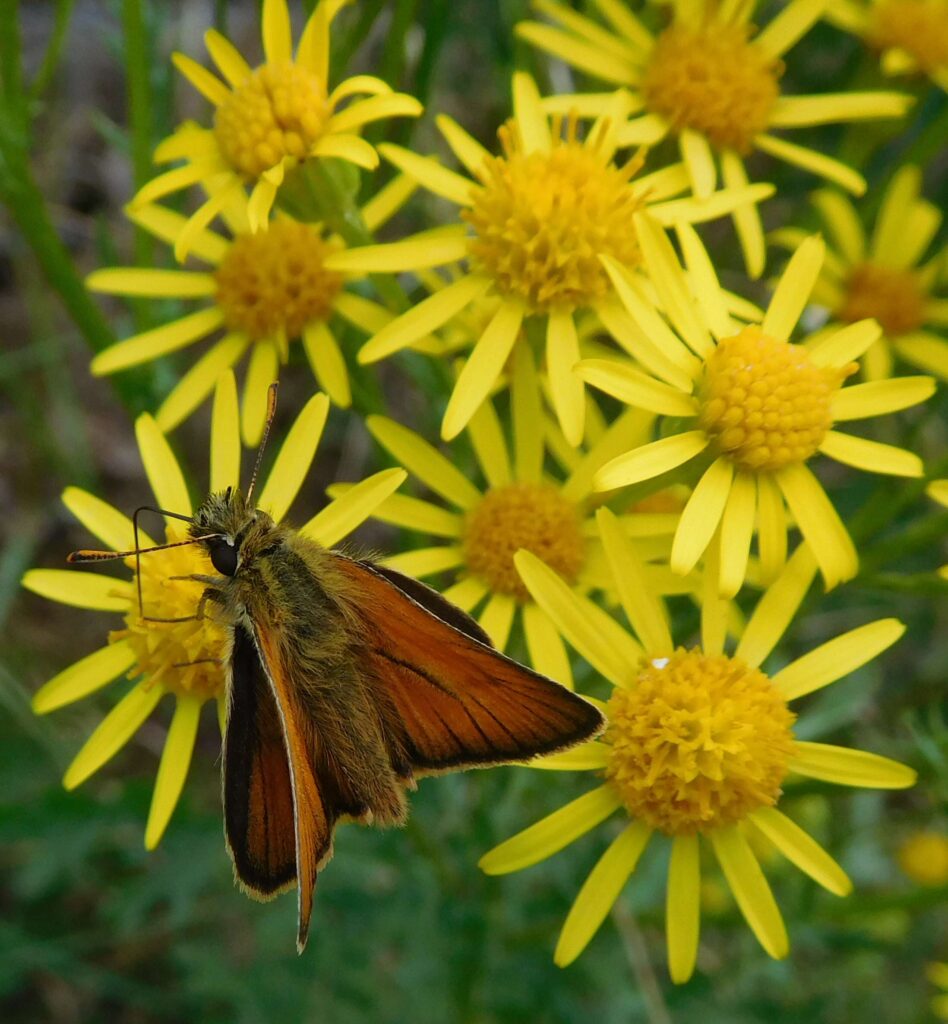
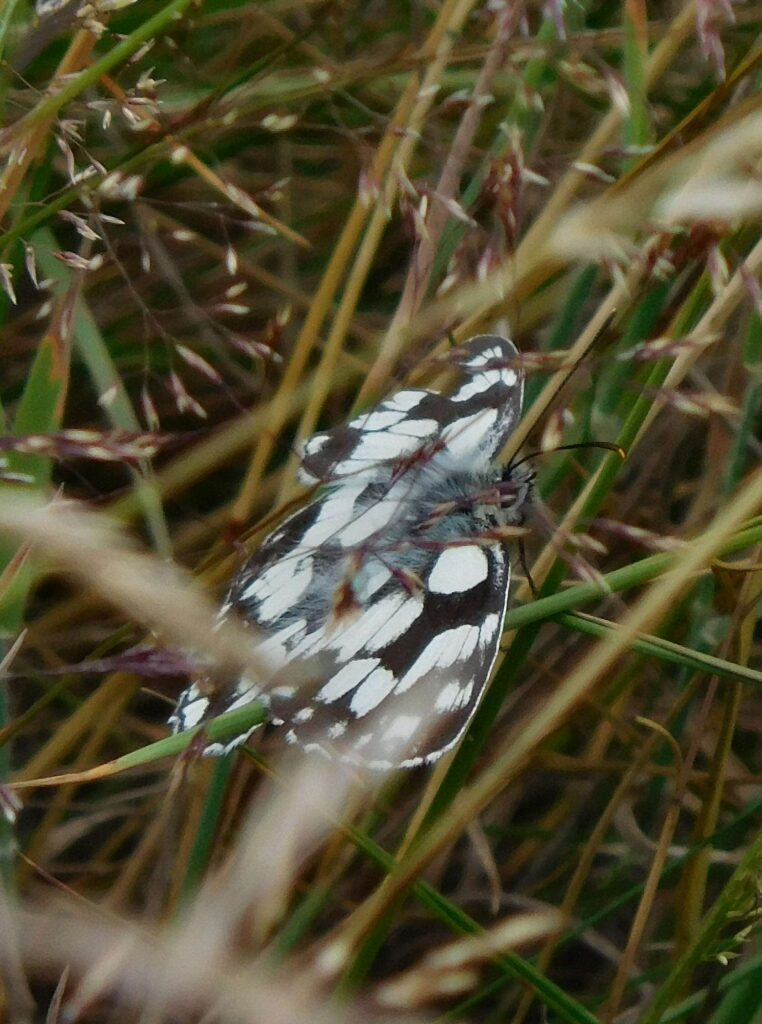
There were also many Meadow Browns – as with the Skippers, they had clearly all pupated recently; a Ringlet; two Red Admirals; and a Small White.
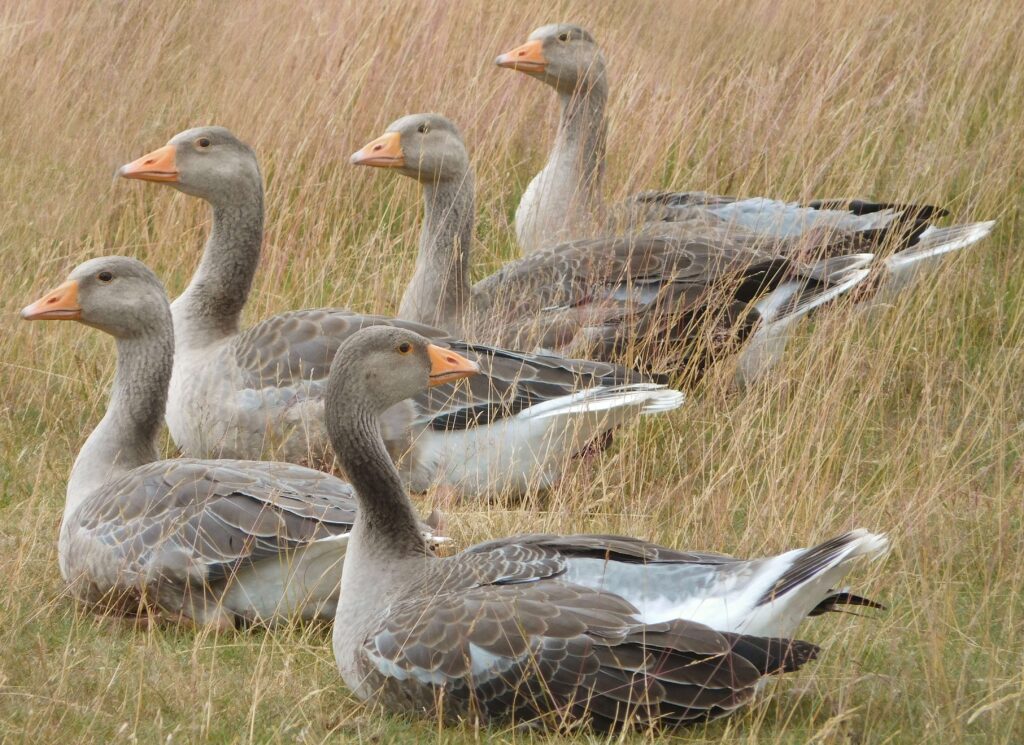


There were also many Meadow Browns – as with the Skippers, they had clearly all pupated recently; a Ringlet; two Red Admirals; and a Small White.

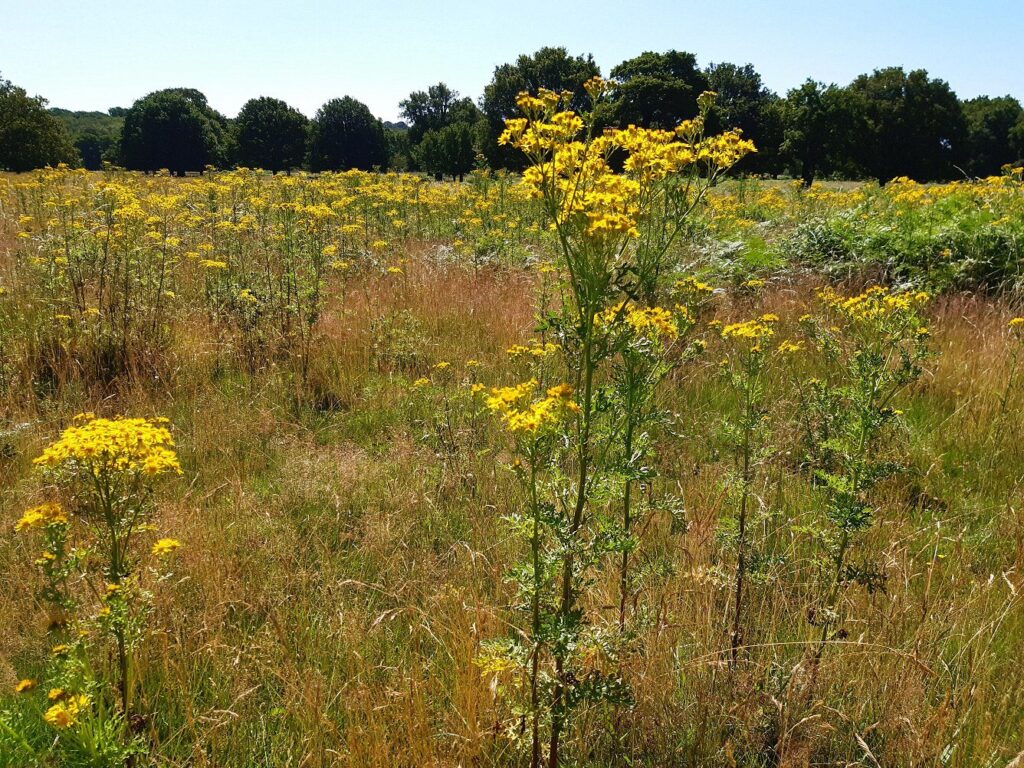
Ragwort by the thousand … and as yet hardly any Cinnabar Moth caterpillars. But I’m getting ahead of myself.
Ragwort is not just a common weed, but a curious one. It used to be a Notifiable Weed to the Ministry of Agriculture and Fisheries (more Ag. than Fish., probably). This was because it gave livestock that incautiously ate it, fresh or in hay, a violent stomach upset and sometimes caused death. So, farmers were obliged to report it and destroy it.
Why so dangerous? It contains Cardiac Glycosides, yup, chemicals that interfere with heart rhythms. Presumably natural selection has favoured this as animals end up not eating too much of the plant, which favours its survival. That includes cows and most insects.
However, a few beasties can tolerate the poison; and the Cinnabar Moth is one such. Actually, it goes a step further — it benefits from the stuff. Its caterpillars are large, conspicuous, and slow-moving; they’re also striped brilliant orange and black, warning coloration. That says “eat me, you’ll regret it”, and it’s an honest signal; any bird that tries it will indeed be violently sick, at least, and won’t try eating larvae that look like that again. Ever.
However however, one bird can tolerate the poisonous caterpillars: the Cuckoo. It arrives and feasts on the conspicuous and presumably delicious, nutritious larvae which nobody else will touch with a bargepole and rubber gloves.
Even more however, there’s a catch. The caterpillars are Very Hungry (this is a literary reference). They munch through the Ragwort like there’s no tomorrow, until it’s all gone. Then they pupate, turn into beautiful cinnabar-red and grey adults, lay eggs, and die. The Ragwort is already dead, obviously. And Cuckoos and everyone else who comes alone the next year won’t find a Ragwort plant or a Cinnabar moth for love nor money.
Then, gradually, a few surviving seeds grow into Ragwort plants. There are no Cinnabar caterpillars to do the damage on them. They go forth and multiply, as the bible has it. After a year or two there are Ragwort to the Left, Ragwort to the Right, and Ragwort all around. The man at the Min. of Ag. and Fish (or whatever it’s now called) spends all day answering phone calls about Ragwort (only he doesn’t, he’s got fed up of doing it by now). The few Cinnabar caterpillars have food in plenty and they breed like rabbits. Well, like Cinnabar moths. And the cycle goes round again.
So there you have it. Plague of Ragwort? Don’t tell the Ministry, but do wonder at the power of Nature.
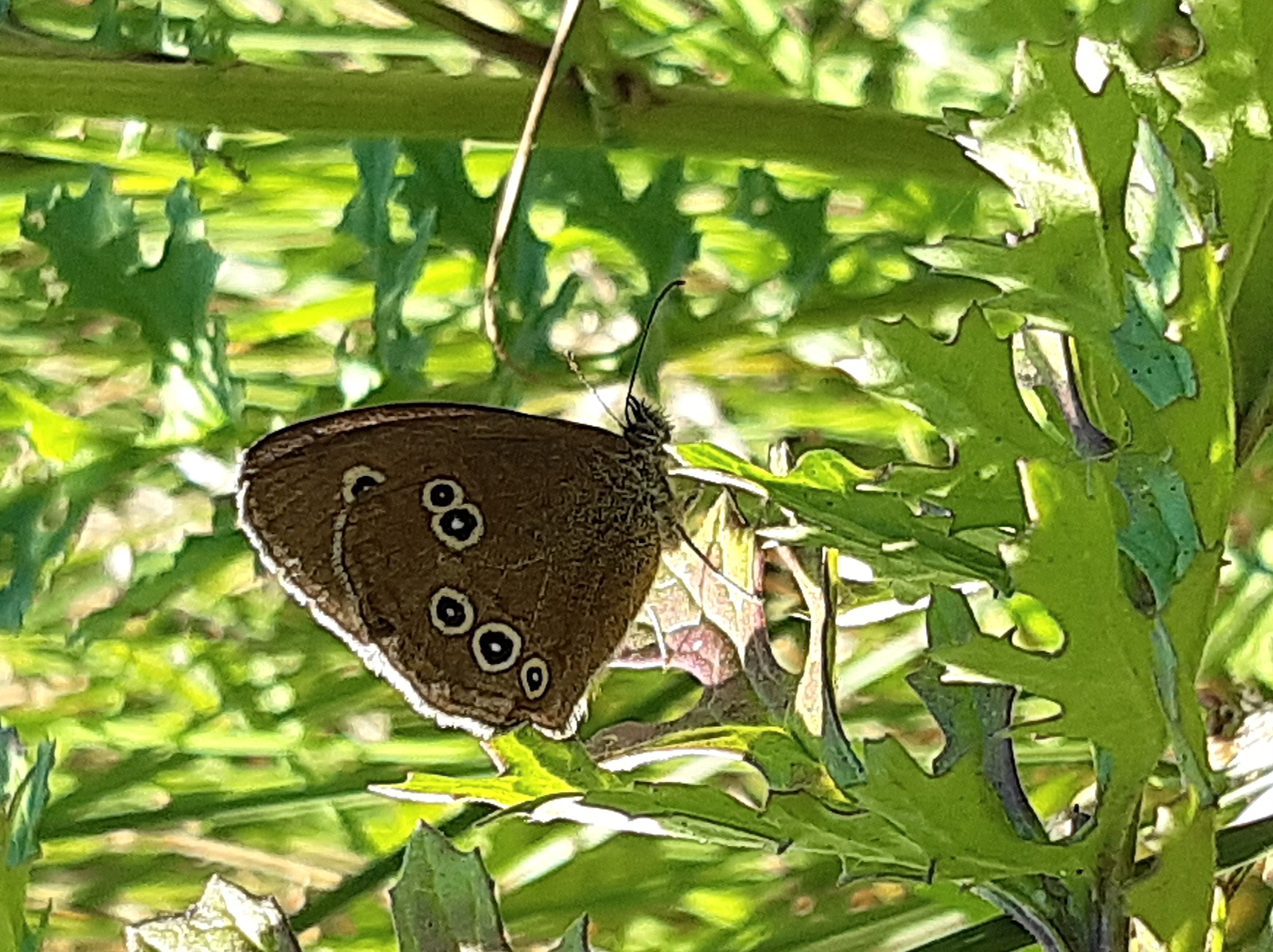
P.S. It was a lovely day for butterflies, too, with Small Coppers nectaring on Ragwort flowers; Ringlets by the Pen Ponds; Small Heaths knocking seven bells out of each other; and (Cabbage) Whites and Red Admirals about too. Grasshoppers skipped about; a Lizard ran across a path into the grass. A big flock of Canada Geese, with a few Greylags, grazed peacefully. Ants rebuilt their flooded-out nests.
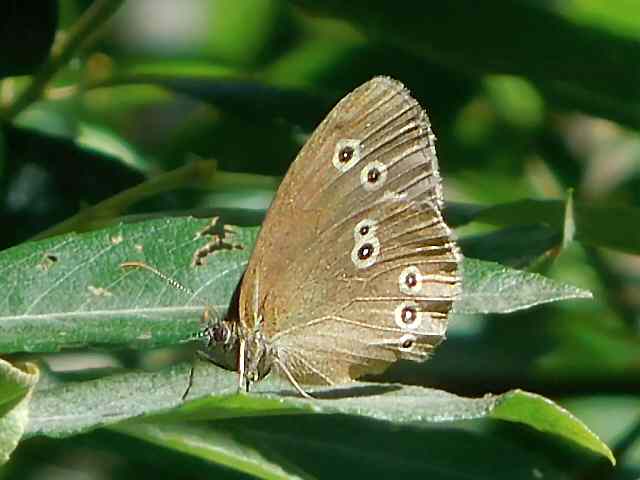
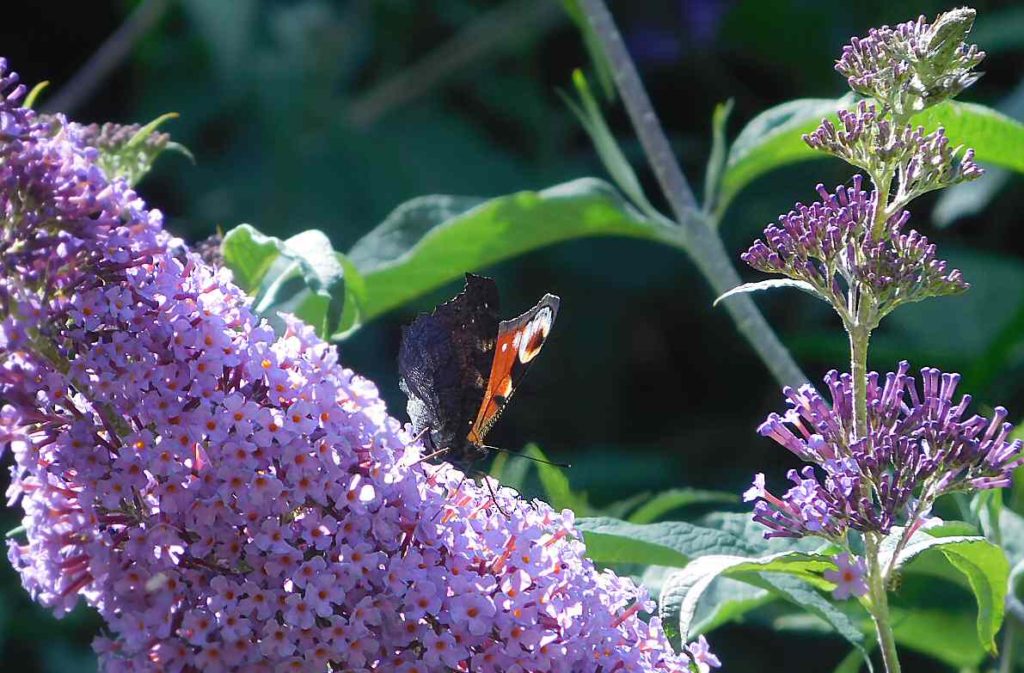
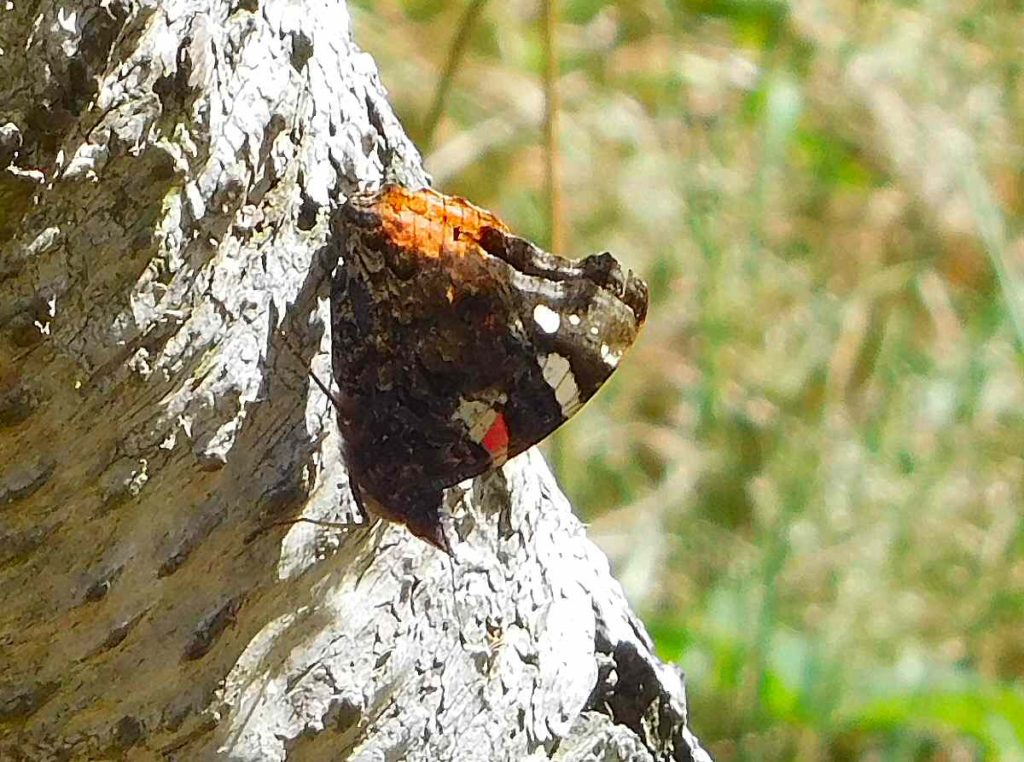
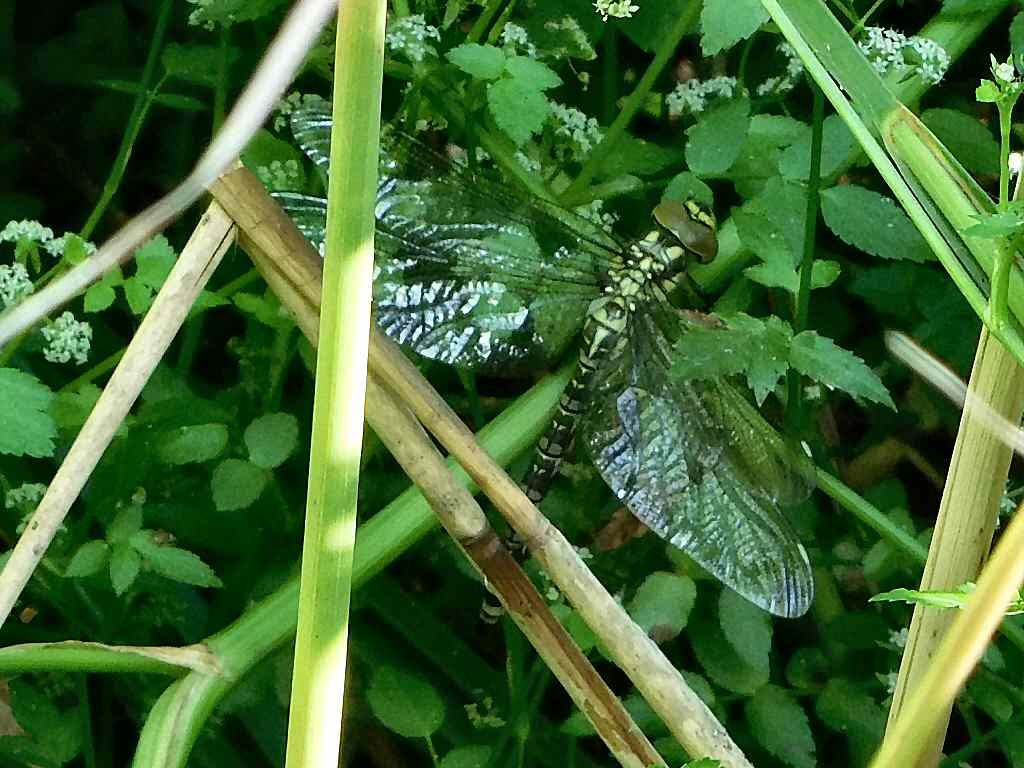
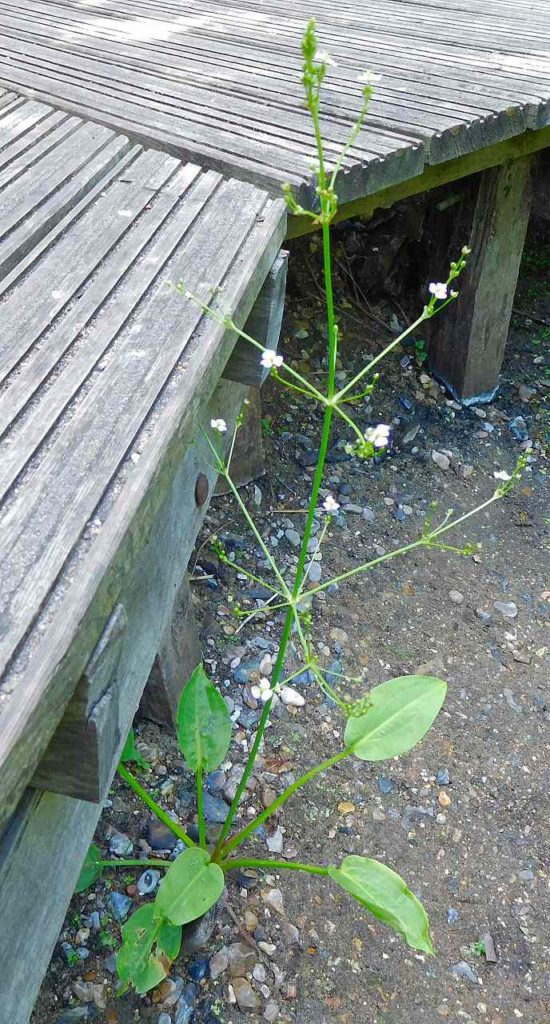
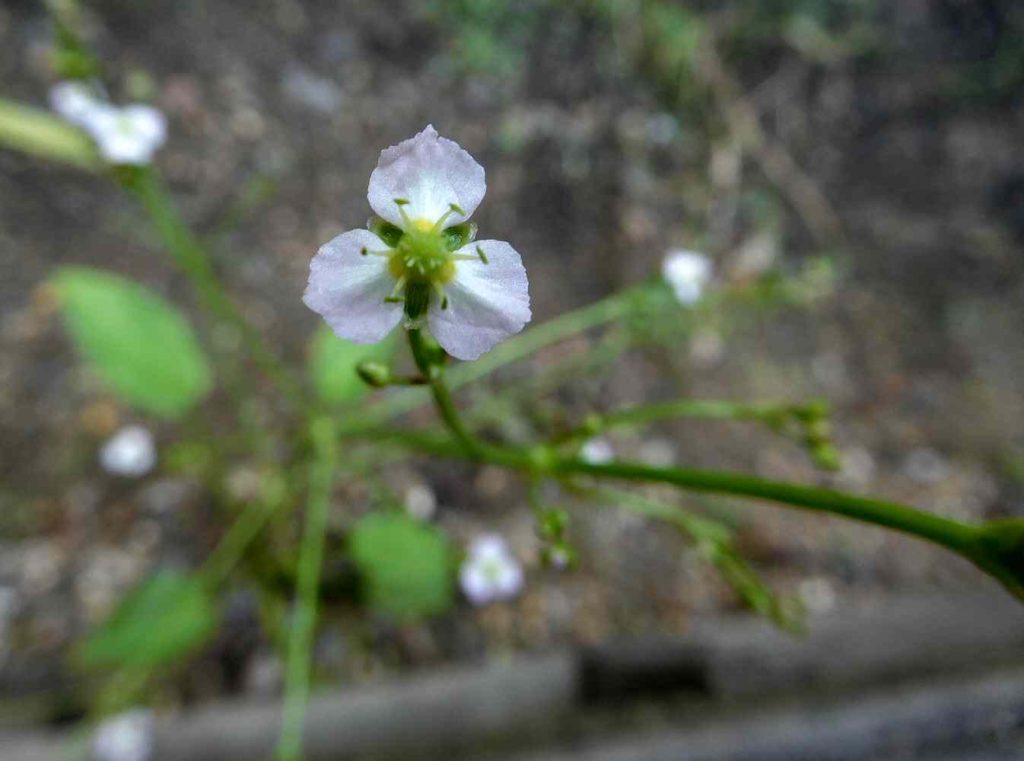
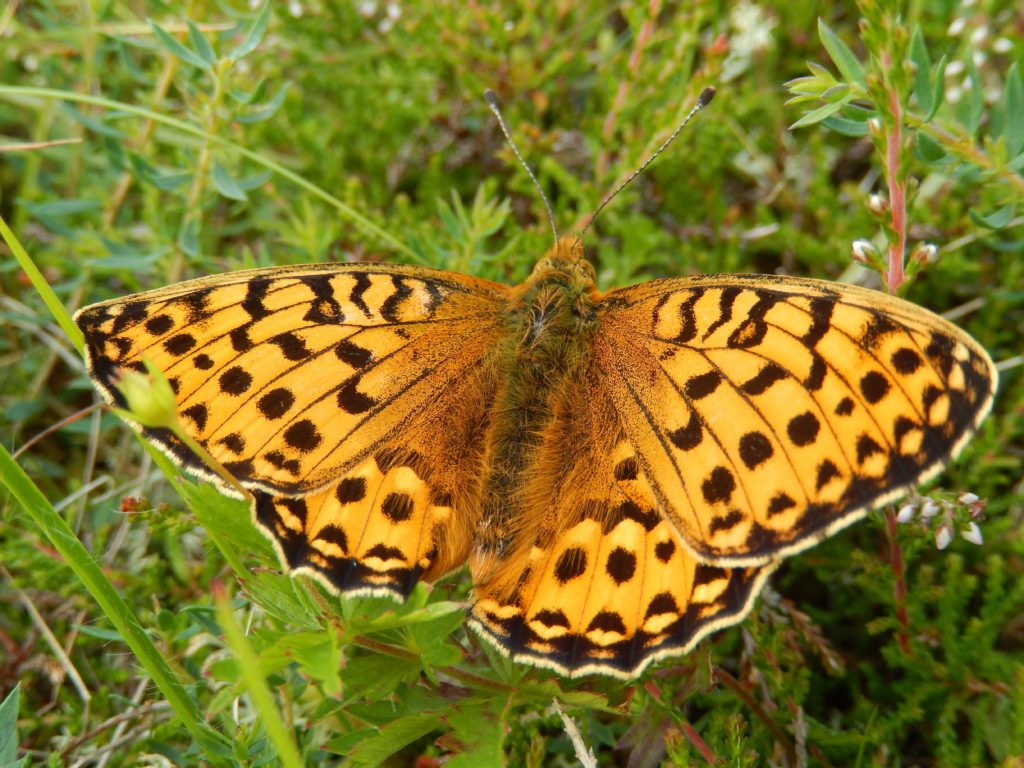
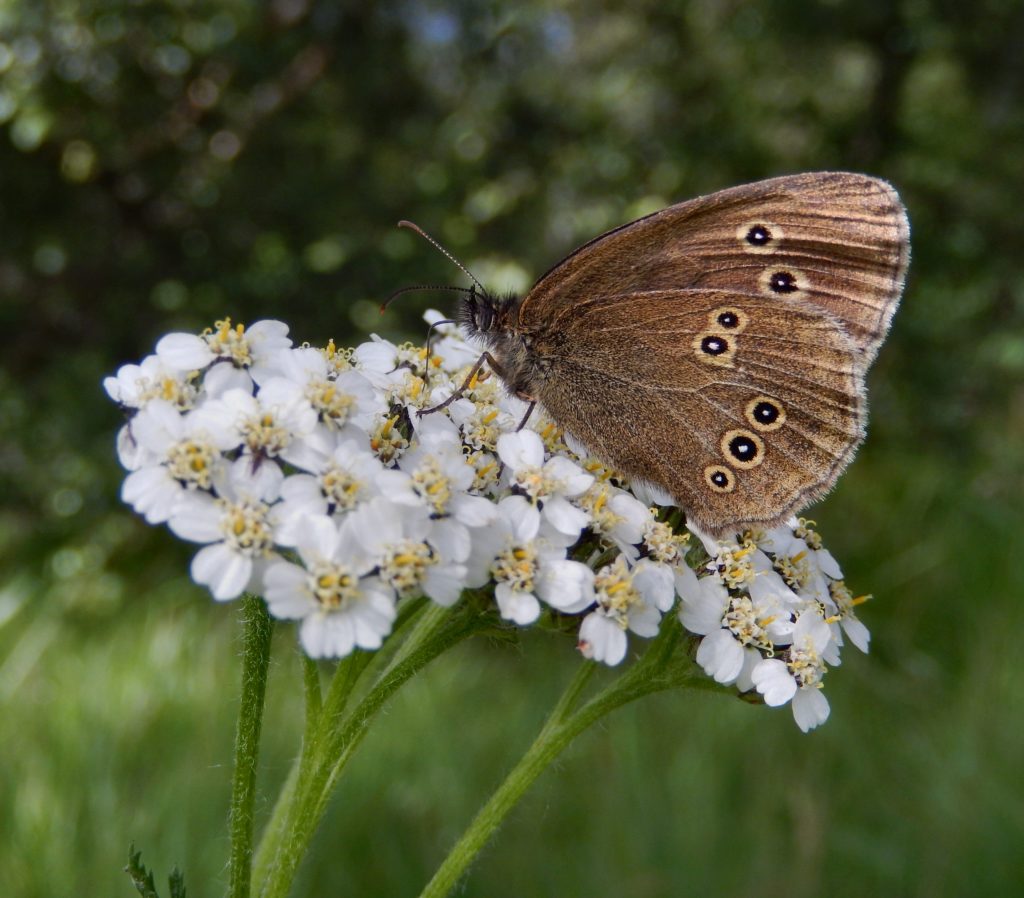
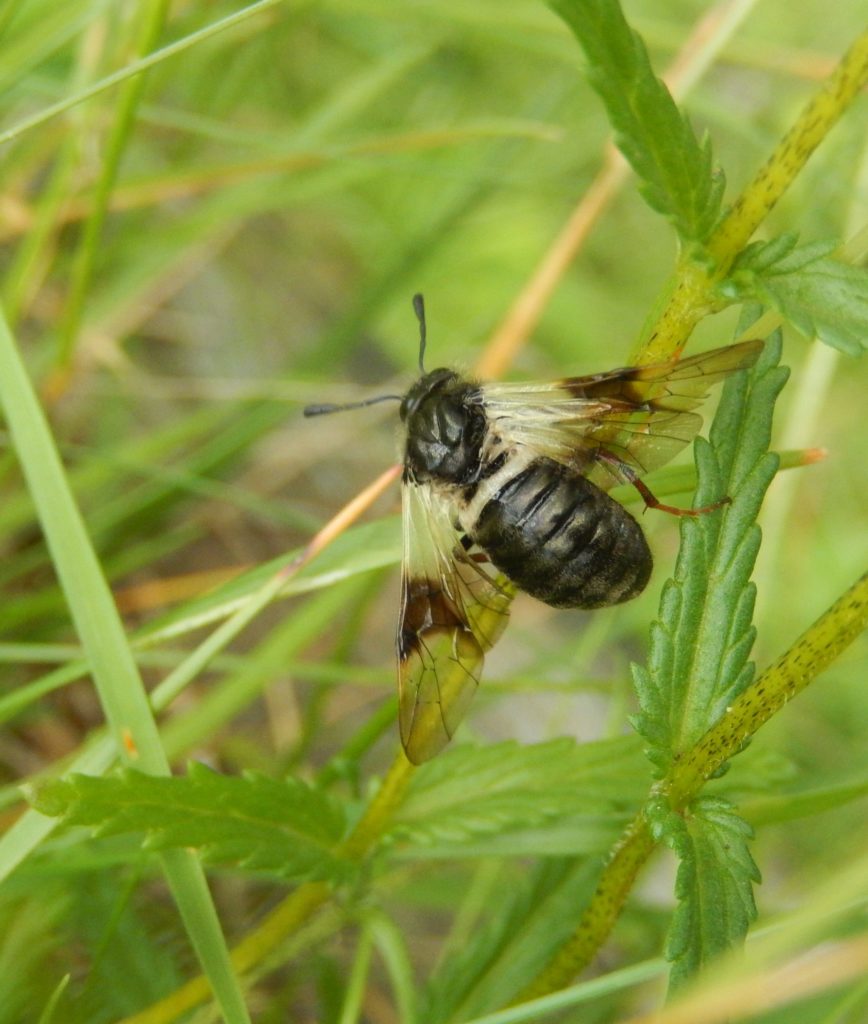
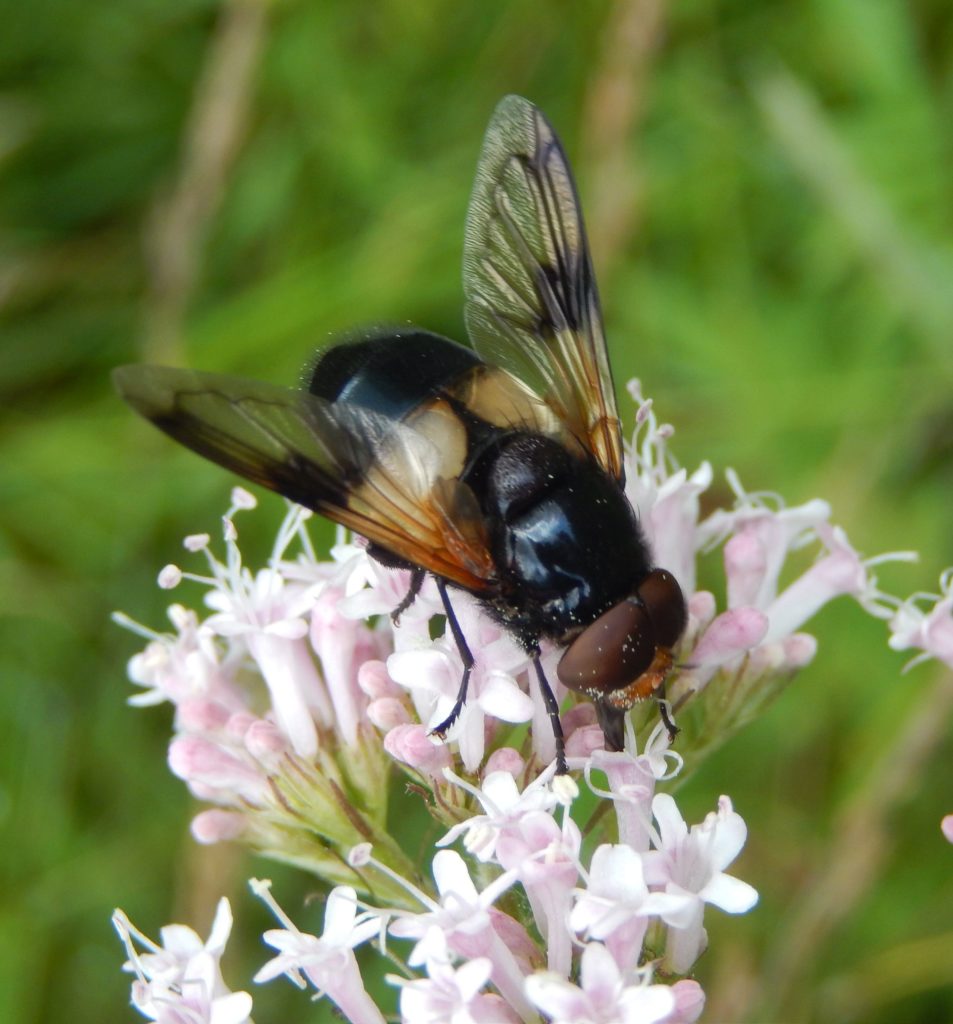
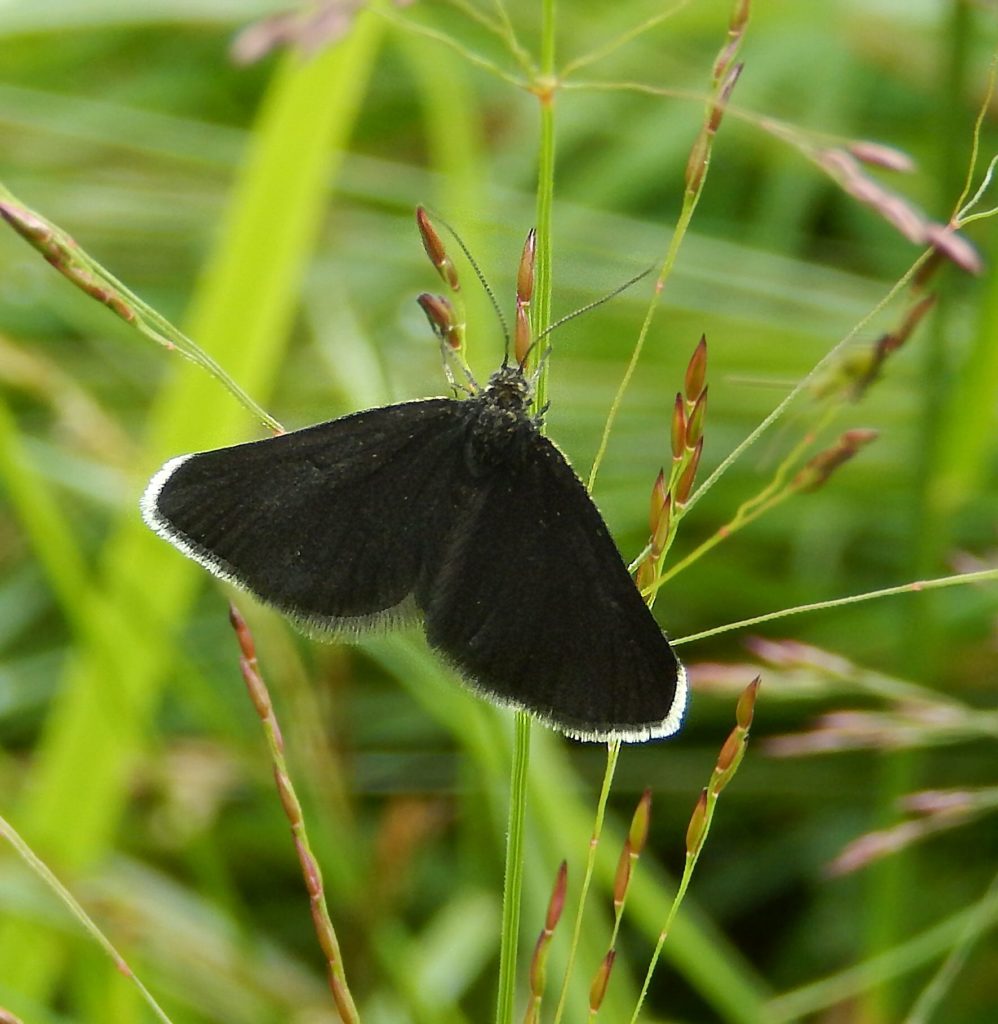
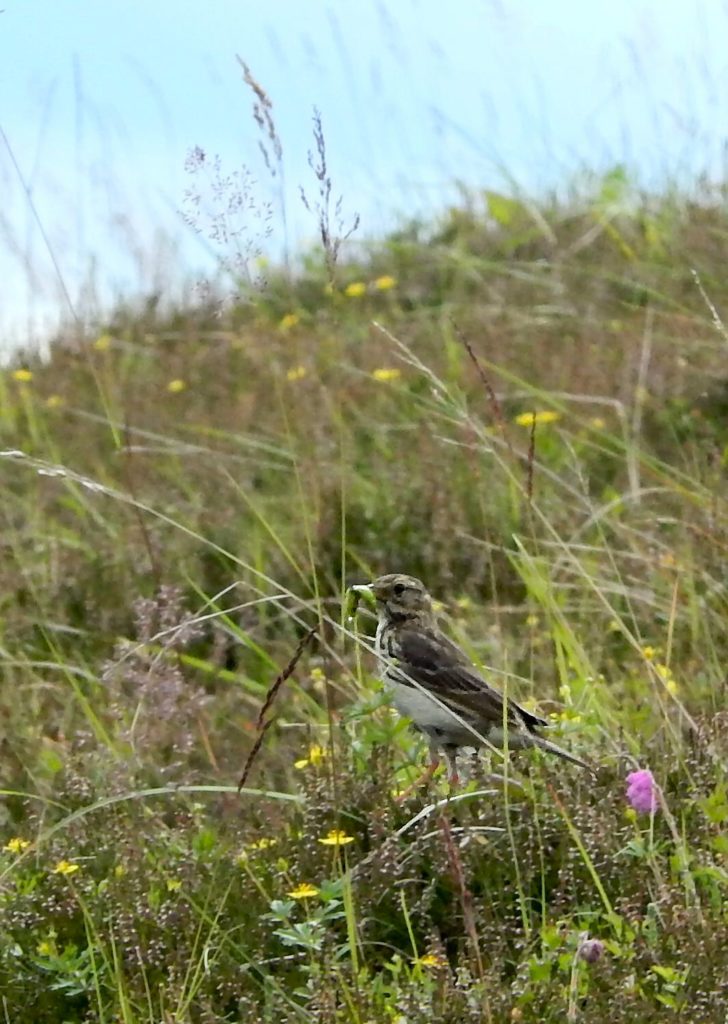

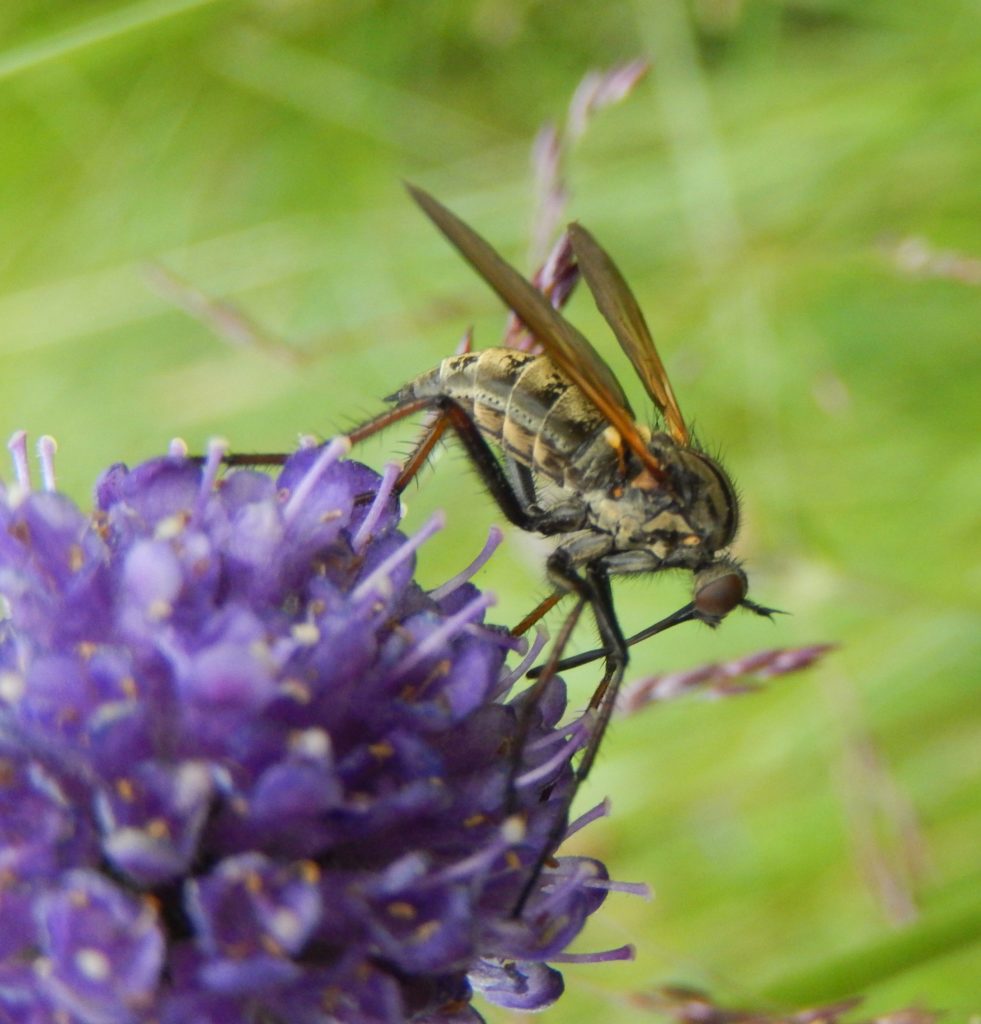
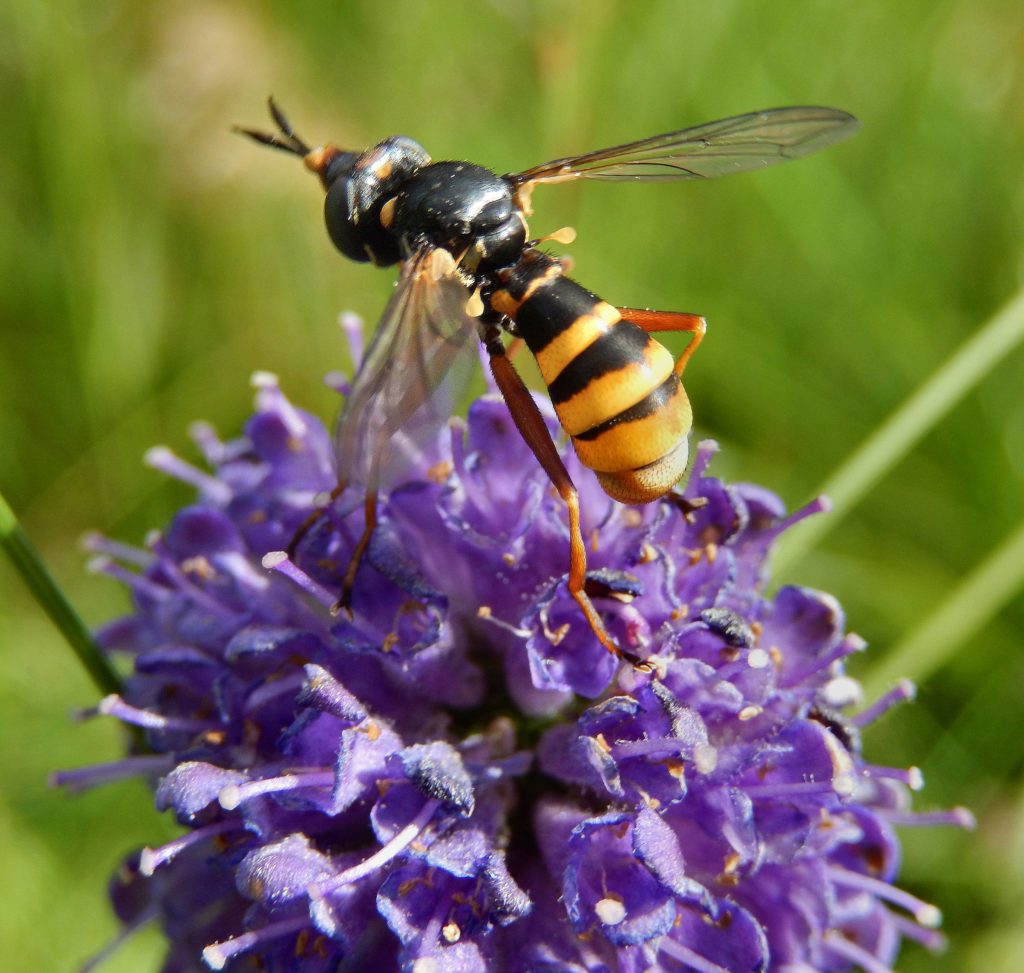
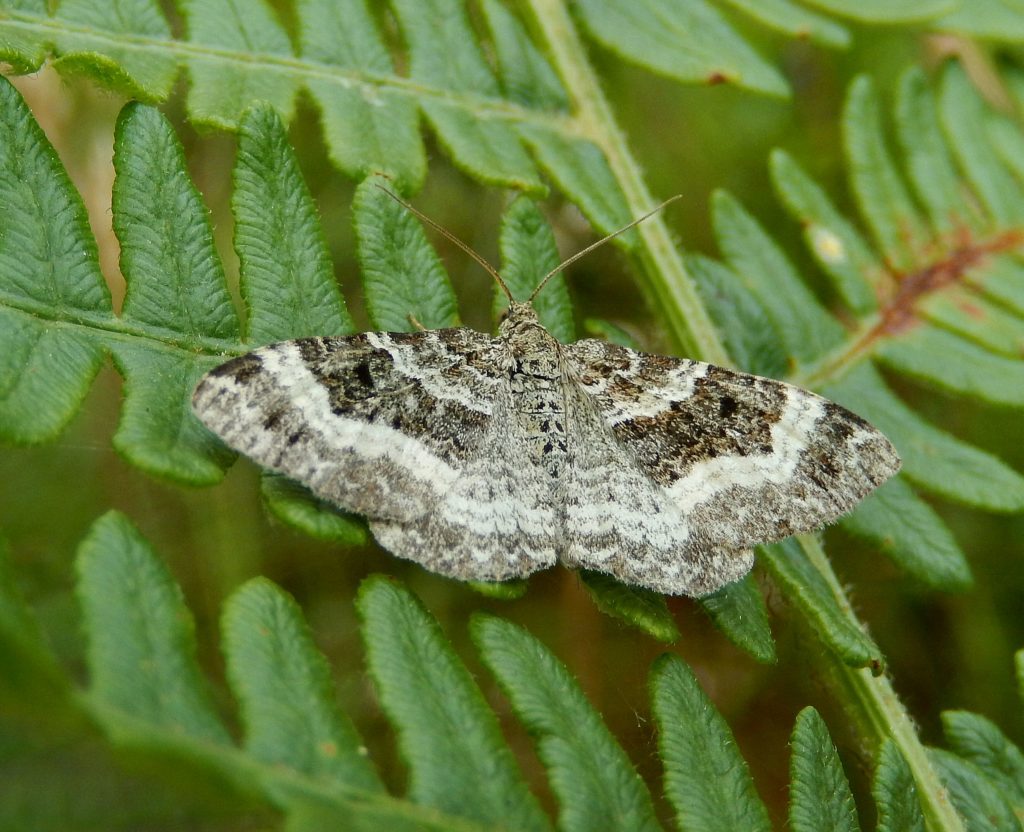
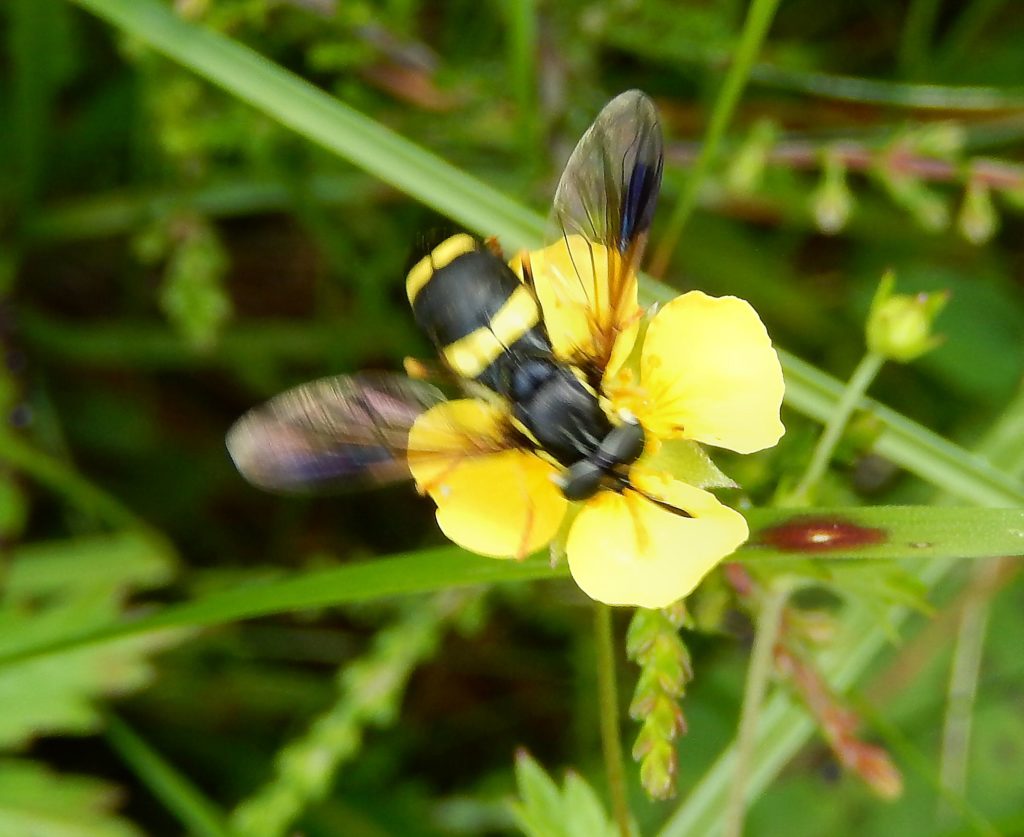
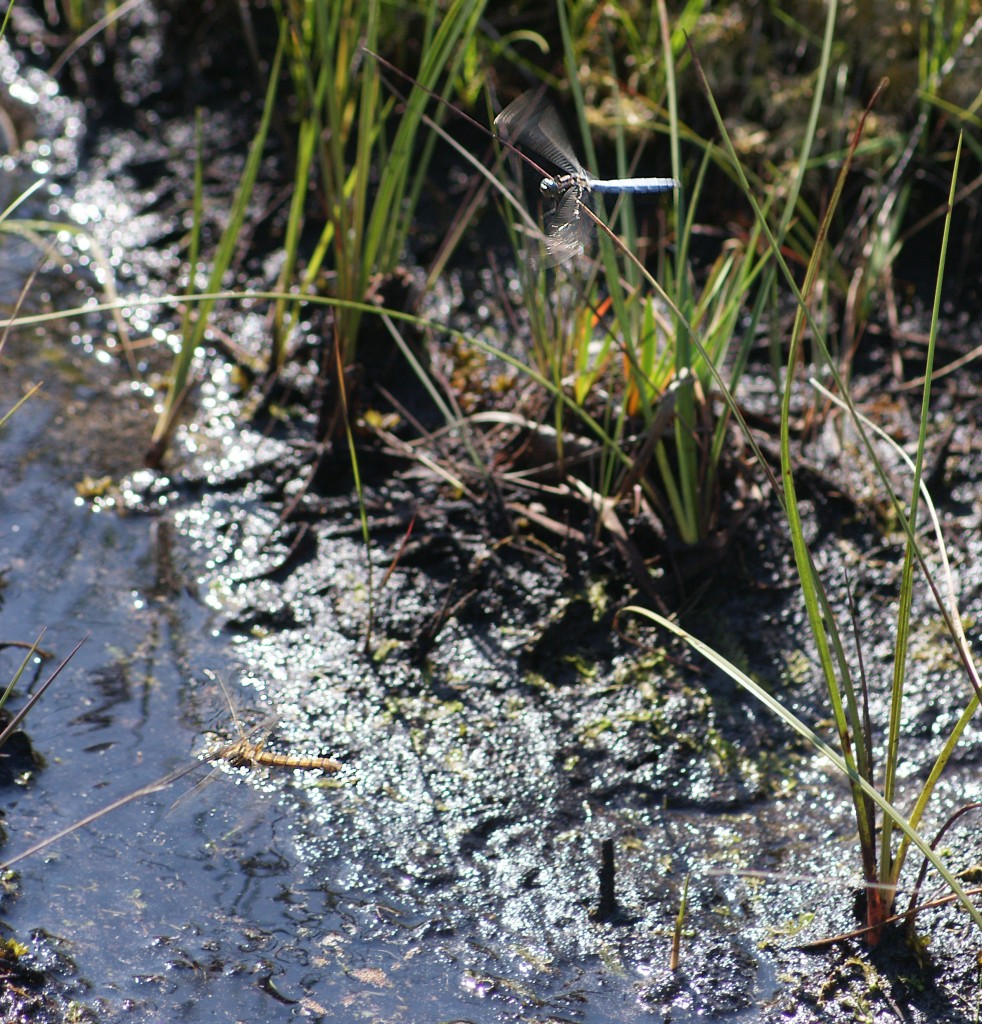
It was suddenly summer again this morning, so I packed cameras, binoculars and a sandwich and went down to Thursley in glittering sunshine. This photo perhaps catches something of the dazzle and sparkle of the bog pools and their shimmering guardians: a pair of Keeled Skimmers (Orthetrum coerulescens) are flying over the water; she is darting down to lay eggs, he is hovering above, guarding her from other males. Their wings sparkle and flash, and it is amazingly difficult to follow, frame, focus and shoot fast enough to get anything like a decent picture. But I rather like the motion blur in this one, and if it’s not perfectly in focus, you know why. I hope you like it too.
I was pleased, too, with this shot of an Emerald Damselfly, the sparkling water behind it forming a pattern of pleasantly out-of-focus circles.
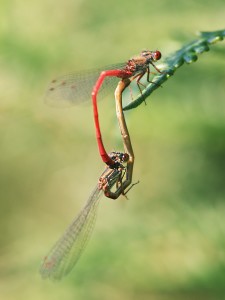
There were quite a few Small Red Damselflies about, mostly single but a few egg-laying pairs; and a modest number of blues, most likely Azures.
Apart from the hundreds of Keeled Skimmers, other dragonflies included Common Darter, Black Darter (I only saw a few females today), Black-Tailed Skimmer (just one), and Southern Hawker.
We saw few butterflies apart from Large Skippers which bustled about flowers near the boardwalk, and little Gatekeepers (I do mean they were smaller than usual) … until we arrived on the amazing Parish Meadow that was once a dump for emptying cesspits. Now it has an ecology strikingly unlike the rest of Thursley Common.
The meadow was full of Meadow Browns, Graylings (mating), Ringlets, Essex Skippers, a Brimstone, Large and Small Whites, and … a Purple Hairstreak (about the Oak trees). The rabbit-bitten pasture, dotted with little flower-stalks of Centaury, was thick with Ragwort, which in turn was richly covered with Cantharid beetles, solitary bees, wasps, and hoverflies and other Diptera. We put up a Silver Y moth which obligingly landed in front of us and perched in the open. We found the traces of a Green Woodpecker killed by a Sparrowhawk; but happily saw a live one in the Oaks nearby.
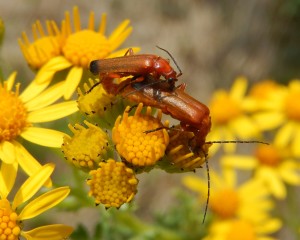
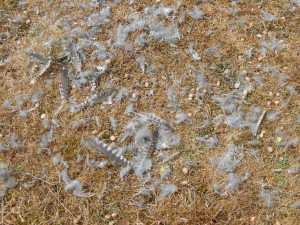
The boardwalks were busy with Lizards and Skimmers sunning themselves.
We met a local group of birders, complete with masses of tripods, telescopes and cameras, and asked if they were looking at the Stonechats. No, they replied, the Hobbies, there are three. We looked up, and sure enough there were three raptors. But in our binoculars, they turned out to be a Kestrel, a Hobby, and a Red Kite! Perhaps there were some more Hobbies somewhere else.
A little way further, absent the birders, we found a dead tree with some juvenile birds perched about it, and a lot of twittering. Yeah, a typical Chiswick Cafe. Some of them were young Redstarts; the others, young Stonechats: pretty confusing. But the Redstarts flew up into a Pine tree – not a Stonechatty thing to do – and sure enough, there was an adult Redstart on a lower branch, plain to see. And a Stonechat adult rasped out its grating call over to the right.
In a group of tall Oaks, we sat and ate a sandwich; and a Spotted Flycatcher flew across and perched on a high dead branch. It spent five minutes looking about, twisting its neck remarkably, but making no sallies. When I was a boy I saw them in the garden every summer; now they’re really something special, like, er, Starlings and House Sparrows.
The sandy heath paths were full of little holes dug by Ammophila Sand-Wasps, and others made by Philanthus Bee-Wolves (or Bee-Killer Wasps). Both are called digger wasps (“Sphecidae”) in most books, and it’s certainly a good name, but the family has been split up, so Philanthus is now in the Crabronidae, which contains most of the old “Sphecidae” (we’ll have to say sensu lato for this); the new Sphecidae (sensu stricto) only contains what used to be the Sphecinae, which includes Ammophila. Rich scope for confusion. Sphex is the ancient Greek word for wasp, and it’s interesting that Linnaeus chose this word for a digger wasp rather than the social wasps, which have the Latin name Vespa for the hornet, and Vespula, little wasp, for common wasps.
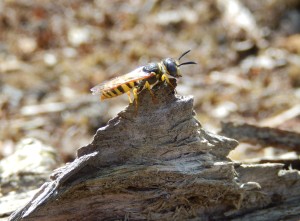
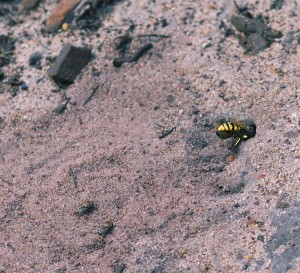
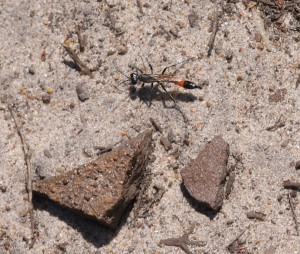
Out of a low bush of willow and gorse right beside a boardwalk came a strange, quiet but insistent squawky chatter of alarm. Peering in between the branches, a small slim dark bird with a long dark tail could be seen hopping about anxiously: a Dartford Warbler. It was extraordinary to be within a few feet of this shy, rare and retiring bird, and watching it for several minutes. There are actually quite a few on the heaths of Surrey and the south coast, but they’re never easy to see—most of my views have been of disappearing rear ends, diving into gorse bushes.